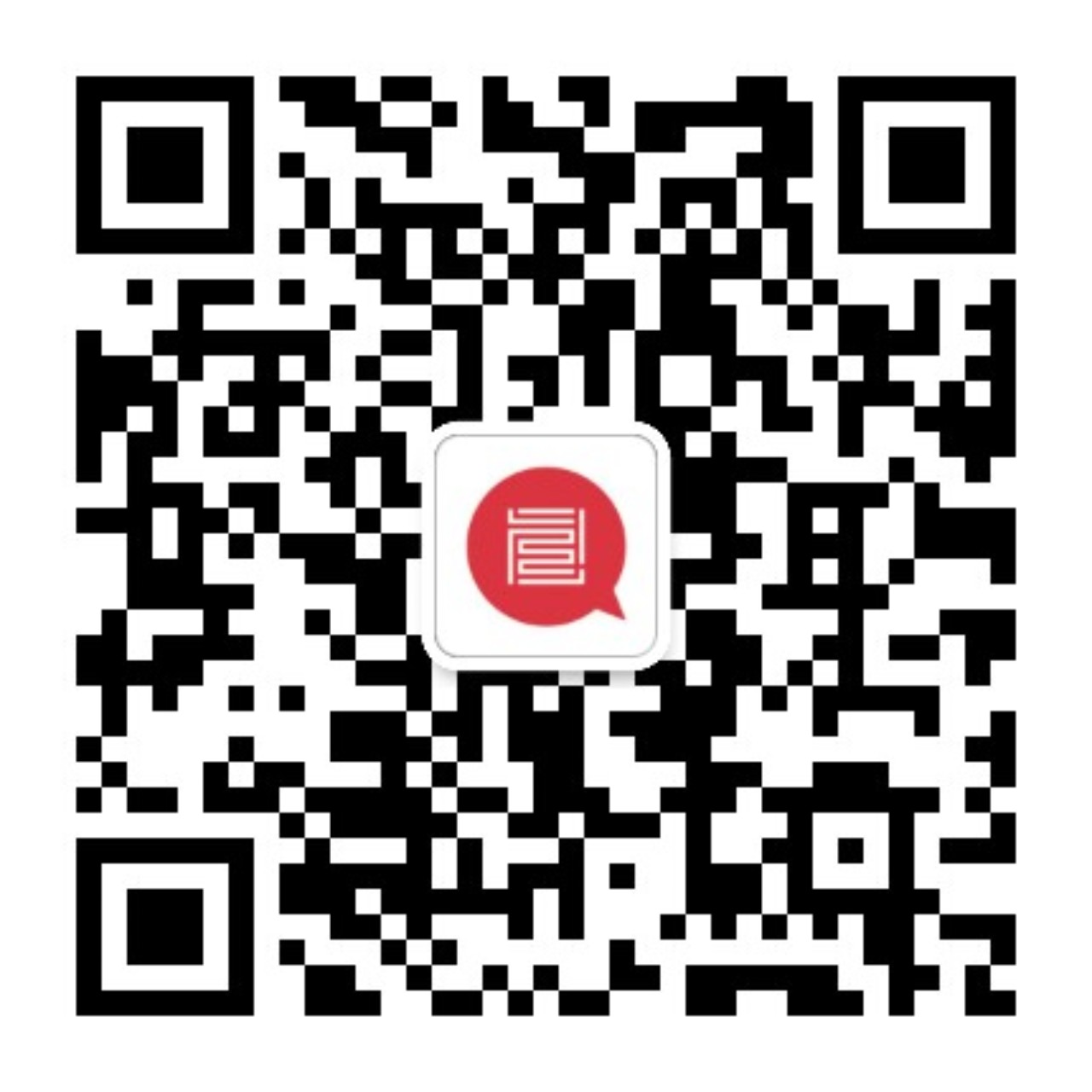

空间图 叠影草书,北京墨斋

魏立刚临傅山草书
艺术家魏立刚现场解读叠影草书作品
在這對立軸中,魏立剛用他獨具特色的疊影草書編排了《書象賦》中的幾個片段。他先用鉛筆書寫文本,再用毛筆蘸墨沿鉛筆綫條書寫,賦予草書金石篆刻的質感,使書寫的刻意與恣意、連綿與斷續之間形成微妙的張力。疊影草書源於魏立剛在太原期間對傅山字體的研習和分析。由於博物館中禁止攜帶筆墨,他就用鉛筆在筆記本和圖冊上臨寫傅山的書法。
In this pair of scrolls, Wei Ligang rehearses passages from his Rhapsody onWriting-Image in his distinctive “shadow cursive” script. He first composesthe text with a pencil and then retraces it with a brush in ink. He thus endowsthe continuous cursive script with the weight and substance of engraved writing and creates a tension between fluency and interruption, deliberate design and freewheeling expressionism. The shadow cursive script originated in Wei’s analysis of Fu Shan’s character structures during his time in Taiyuan. Becausehe could not bring a brush and ink into museums, he traced Fu Shan’s calligraphy with a pencil in his notebooks and in illustrated books.

疊影草書(1),180x96cm,墨 宣紙,2012

疊影草書(2),180x96cm,墨 宣紙,2012




已展示全部
更多功能等你开启...





 分享
分享